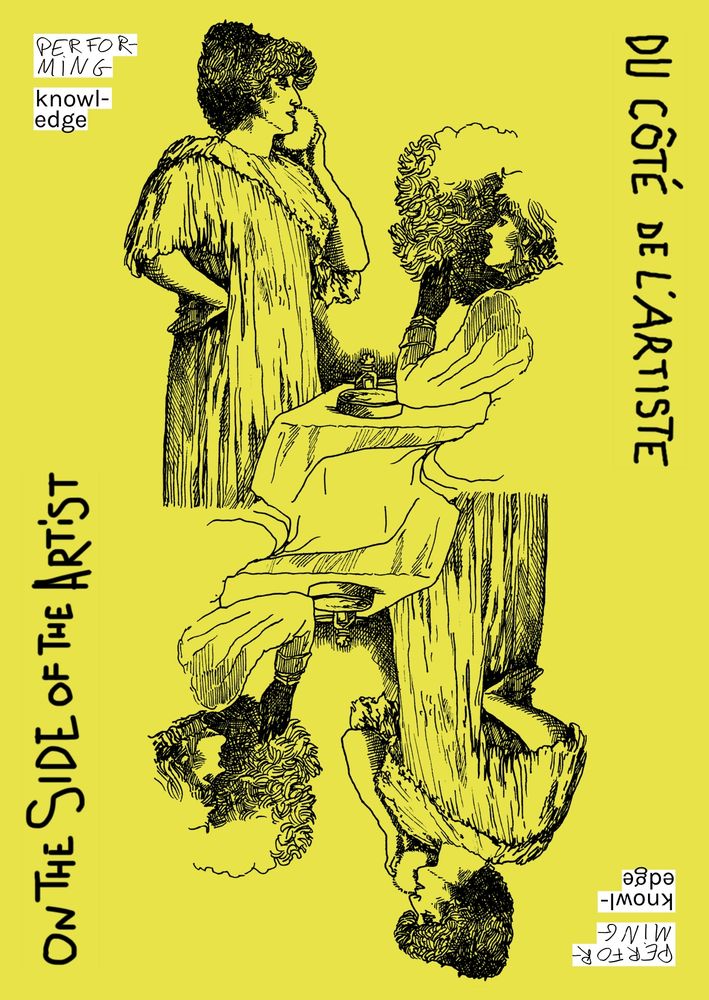ArTeC - Graduate school
@eur-artec.bsky.social
130 followers
100 following
200 posts
Formation, recherche/research, édition, création, recherche-création
Art, numérique, technologies, médiation humaine
Posts
Media
Videos
Starter Packs
Pinned
Reposted by ArTeC - Graduate school
Reposted by ArTeC - Graduate school
Reposted by ArTeC - Graduate school
Reposted by ArTeC - Graduate school














